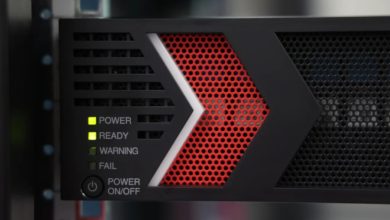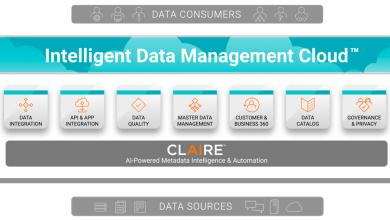
Choose the Right Infrastructure for the Right Workload
When choosing your infrastructure, a best practice is to start with a good understanding of the difference between hyperconverged and converged systems and when each best serves your needs. While the terms and the technology are similar, there is no single official definition that draws a clear line between the two. And for companies that can only offer one or the other, this grey area makes it easier for them to capitalize on what they do offer.
At Hitachi Data Systems, we see converged, hyperconverged and enterprise storage as entirely complementary; it’s a viewpoint that is difficult to contest. The point here is, when a technology company has a complete range of solutions, it is easier for them to be objective and offer the right technology for the right use case.
No one would argue that there are certain scenarios for which hyperconverged is the best fit. Using the same logic, we can also surmise that there should be no competition, when stating there are times when hyperconverged is not the best fit. The issue is, for companies that only offer a hyperconverged solution, they may be more inclined to “crowbar” hyperconverged as the correct solution for every requirement. For companies that have the entire portfolio, they can take a more objective view.
Converged and Hyperconverged: What Is the Difference?
So, back to our original concern: Wwhat is the major difference between these two technologies?
The clue is in the name. Both approaches tightly couple storage compute and networking, but hyperconverged solutions are literally more tightly packed together in configurations that cannot be varied. They are node based, and scalability is always “scale-out,” based on adding more preconfigured nodes to the cluster.
For converged infrastructures, the components are still tightly coupled, but with more variability. Essentially, they have the ability to scale up and out: For example, adding more storage without more compute is quite possible in a converged system.
While converged systems allow for variability, this capability can also be self-defeating, as management should be seamless and consistent. Our approach with Hitachi Unified Compute Platform (UCP) takes this dilemma into consideration.
In the view of HDS, one of the critical benefits of converged and hyperconverged is simplified management. With UCP, we have taken a single management console and made it available over all of our technologies. From one management interface you can manage all systems, whether they are legacy, virtualized, converged or hyperconverged. This powerful approach saves time, money and resources. It simplifies technology decisions, making it easy to select the right technology without worrying about new management learning curves.
HDS also combines leading-edge with legacy technologies. Most converged platforms use a software-based hypervisor to provide server virtualization, but UCP uses hardware-based logical partitions at a core level to create virtual machines without the need for a hypervisor. This approach can have an enormous impact on performance; it also means workloads that are better served by running on bare metal can still be run in the UCP converged system.
In the Association of Southeast Asian Nations (ASEAN), HDS still observes many critical workloads, such as on-premises SAP, still residing on a physical x86 platform. We see that many users are not comfortable with making a change from this approach.
The stark reality of building your IT infrastructure in today’s world is that apps drive everything. The infrastructure needs to support the application. Hitachi Unified Compute Platform is one platform that can work in two modes: a scale-up mode suited for legacy applications that are at home on bare metal, and a second mode that provides flexibility and scales out as required by modern day apps.
Decisions must be application and workload driven; the right fit can then be applied. Working with technology suppliers like HDS that do not have a one-size-fits-all approach, can be particularly useful for companies that are in transition, or intend to keep a mix or legacy and modern workloads.




